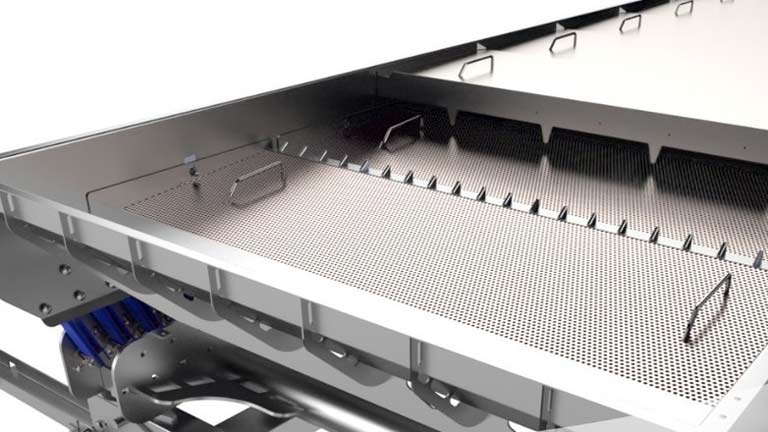
From food processing to chemical manufacturing, industrial sieves, and strainers are crucial components of many industries. These simple but effective devices play a vital role in separating unwanted materials from products, ensuring product purity and quality. However, their usage extends far beyond this basic function.
Whether you’re a seasoned engineer or simply curious about the world of manufacturing, join us as we delve into the fascinating world of industrial filtration!
Types of Industrial Sieves and Strainers
Here is a brief overview of the most common types:
- Trommel screens: These are cylindrical drums with perforated walls that rotate. Material is fed into the drum and the rotation helps to separate the larger pieces from the smaller ones.
- Vibrating screens: As the name suggests, these screens vibrate in order to help separate material. The vibration can be horizontal, vertical, or elliptical.
- Gyratory screens: These consist of a mesh-lined cone that spins. The spinning action helps to stratify the material so that the larger pieces can be separated from the smaller ones.
- Static sieves: These are simply trays with perforated bottoms. Material is placed on top of the tray and allowed to settle; the larger pieces will fall through the holes while the smaller ones stay on top.
Removing Impurities from Chemical Solutions
One type of sieve that is commonly used for removing impurities from chemical solutions is a centrifugal sieve. Centrifugal force is used to separate the impurities from the rest of the solution.
Alternatively, you can have a sieve with a membrane filter that only allows the molecules of the desired substance to pass through while trapping the impurities on the other side.
In this comprehensive overview, we will explore the versatility of durable industrial sieves and strainers and uncover how these seemingly humble machines have evolved to meet the diverse needs of modern industry.
Separating Particles Based on Size
Industrial sieves and strainers are commonly used to separate particles based on size. Particle size separation is an important process in many industries, such as mining, food processing, and pharmaceutical manufacturing. A variety of methods can be used to separate particles based on size, including sieving, straining, and centrifugation.
Sieving is a common method of particle size separation. Sieves are typically made of mesh or perforated metal sheets with openings that allow smaller particles to pass through while trapping larger particles. Sieving can be performed wet or dry and can be used to separate particles ranging in size from very fine powders to large rocks.
Straining is another common method of particle size separation. In straining, a fluid is passed through a porous medium, such as filter paper or cloth, which retains the larger particles while allowing the smaller particles to pass through. Straining can also be performed wet or dry, and is often used to purify liquids or remove solid contaminants from liquids.
Centrifugation is a third method that can be used to separate particles based on size. A sample is placed in a spinning tube and subjected to centrifugal force. The force causes the heavier particles to settle at the bottom of the tube while the lighter particles remain suspended in the fluid. Centrifugation can be used to separate both solids and liquids and is often used in medical and scientific situations.
Filtering Liquids or Gases
Industrial sieves and strainers are versatile tools that can be used for a variety of applications, including filtering liquids or gases. The type of industrial sieve or strainer that is best suited for a particular application will depend on the specific needs of the user.
One type of industrial sieve that is commonly used for filtering liquids or gases is the perforated plate strainer. Perforated plate strainers have a series of small holes in their surface that allow liquids or gases to pass through while trapping any solid particles that may be present.
Another type of industrial sieve that can be used for filtering liquids or gases is the mesh strainer. Mesh strainers are made from a piece of wire mesh that is stretched over a frame. The mesh size is determined by the size of the openings in the strainer, which in turn determines the level of filtration that can be achieved. A mesh strainer can often be used to remove particulates from water or other liquids and filter air or other gases.
No matter what type of liquid or gas you need to filter, there is an industrial sieve or strainer that can help you get the job done. When choosing an industrial solution making the right choice is vital to production.
Conclusion
Industrial sieves and strainers are essential components of a wide range of industries, from food production to automotive manufacturing. As such, they must be reliable and durable in order to ensure safe operations. By using industrial sieves and strainers properly, you can rest assured that your processes will remain safe and efficient for years to come.


